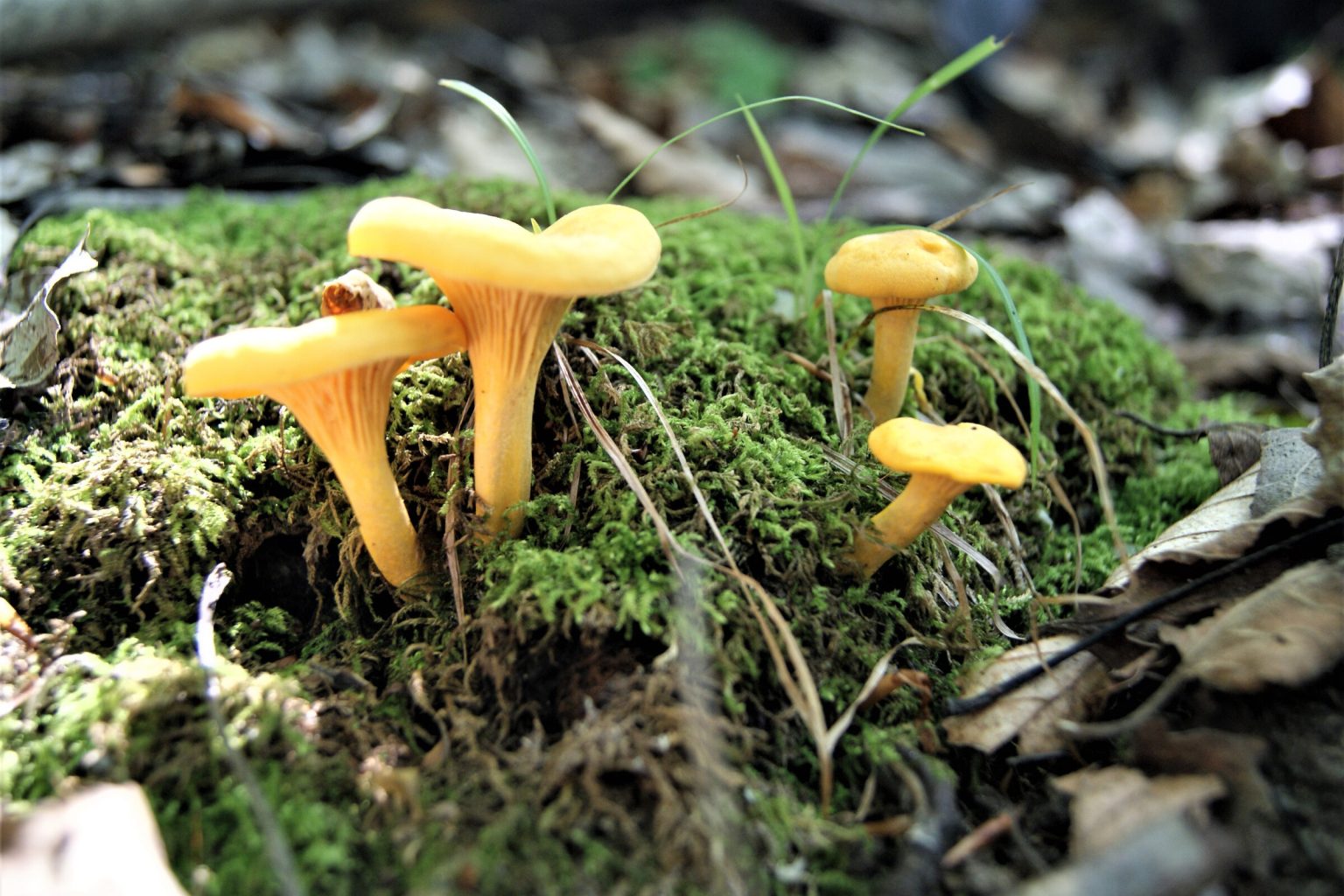mycology. Working in the world of mycology for more than thirty years, Fernand Meron and Anita Royer want to make scientific knowledge generally reserved for mushroom specialists accessible to everyone. To this end, they co-founded an organization that promotes the exchange of knowledge and the dissemination of reference works.
Adopted from Shawinigan, biologist Fernand Meron and technician Anita Royer developed several innovative mycelium cultivation techniques and founded the L'Autre Forêt cooperative in La Touc.
“In Abitibi, the cultivation was done on a large scale, in a sterile environment. Here, with the L'Autre Forêt Cooperative, we work in the bushes, which is a bit more complex. Our challenge is to develop techniques that require less investment. We have developed a technique Liquid seeds, which are the best way to plant woody substrate “It is faster and less expensive,” said Fernand Meron in an interview with L'Écho in the summer of 2012.
Today, the couple fuels their passion by passing it on to others through the Miron-Royer Foundation (www.fondationmironroyer.com), a non-profit organization whose mission is to spread the science behind mushrooms.
A picture is worth a thousand words
Creating Mycothèque, a virtual bank containing more than 37,000 images, is one of the major projects she has undertaken to democratize knowledge of mushrooms. The aim of this collection of images is to illustrate the diversity of shapes, colors and habitats as well as the geographical distribution of mushrooms in Quebec and eastern Canada.
The photos were taken by amateur mycologists who agreed to illustrate mushrooms in their area in detail. Often, when taking photos, a person does not necessarily know the name of the mushroom, the goal is to collect all the information with photos that will later allow it to be identified using keys and specialized works or in collaboration with specialists in the field.
Selected reality
The Meron-Royer duo began selling fresh mushrooms in upscale Montreal restaurants in 1996. They then learned the different stages of marketing edible species as well as the challenges associated with them.
Fernand Meron estimates that during cleaning, the mass of fungi is reduced by at least 20%. This loss is explained by dirt and impurities that are then removed from the mushrooms. In addition to this significant reduction in overall weight, strict pre-sorting must be performed. “Occasionally, people would bring us mushrooms, and we would have to cut them down by three-quarters,” Mr Miron said.
Since the harvest season is short, it becomes difficult to make profit all year round. “In order to survive, those who sell mushrooms will sell imported or canned products during the winter,” the retired businessman said. According to him, this strategy is explained by the fact that it is difficult to meet the annual requirements of restaurateurs, and in this case supply ensures demand. “You have to be present at the beginning of every season. A person located in the suburbs, as in La Toque, must have middlemen who buy his fresh crops. »
Another alternative for Mr. Miron is to sell dried products. However, he warns the public of the risks involved in purchasing from supermarkets.
caution
“At the grocery store, we recognize morel mushrooms, but there are many other dried mushrooms that are unrecognizable. What is sold in grocery stores is official, and does not come from Quebec or Canada because the prices are too low, the biologist assumes. These These are products purchased abroad in bulk and repackaged in Quebec.
He also argues that international dried imports contain “almost nothing” and that working conditions in some exporting countries do not guarantee the quality or even edibility of the food.
“In the jungle, we have to choose very clean food and work as if we were in a chef's kitchen,” he stressed, recommending working with gloves and washing our hands regularly. According to Mr. Miron and Ms. Royer, refrigeration is also crucial, because the mushrooms must go through several stages that can take more than a week before they reach the plate.
legacy
Fernand Meron, among others, produced the specifications Wild mushrooms from Quebec are edible, medicinal and have commercial potential On behalf of ACPFNL (Association for Marketing of Non-Timber Forest Products) and the Quebec Ministry of Agriculture, Fisheries and Food. This work governs the entire activity, from picking to platter, and describes good practices governing this sector of activity.
“Making wild mushrooms available to everyone is another step in the appropriation of our land,” wrote the celebrated Grand Chef de Tocque, Norman Laprise, in the introduction to the mushroom making guide.

“Hardcore beer fanatic. Falls down a lot. Professional coffee fan. Music ninja.”








More Stories
SALES / PHOTO SALES – Nikon D850 “5 Star” Bare Body Photo Body at €2,539.00
Discovering a new turning point under the Antarctic ice sheet! What are the consequences?
Record number for an insect!